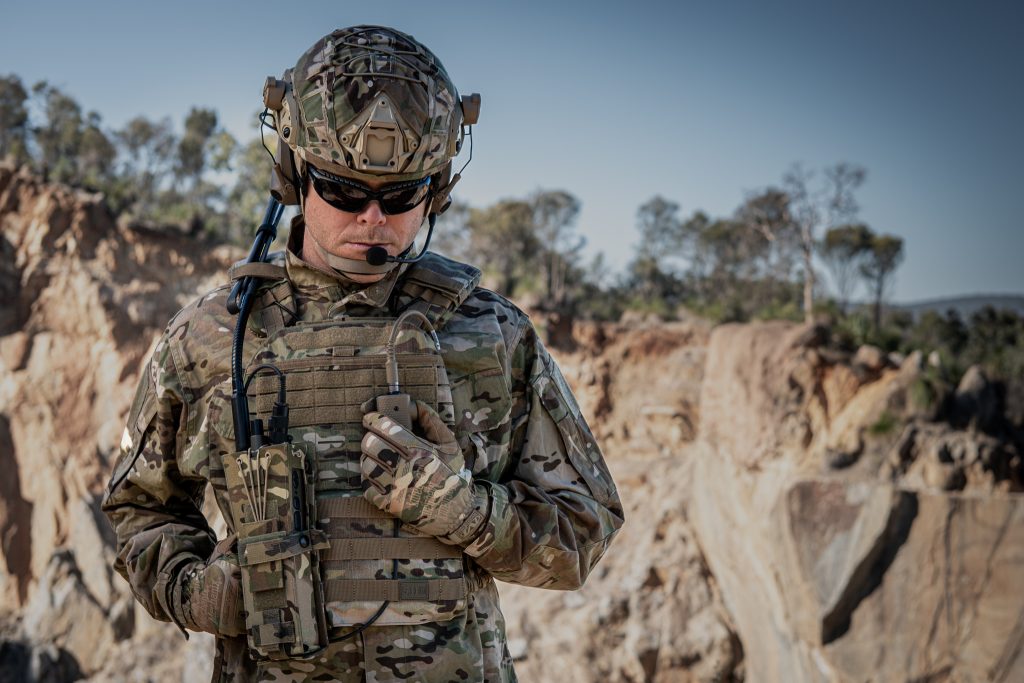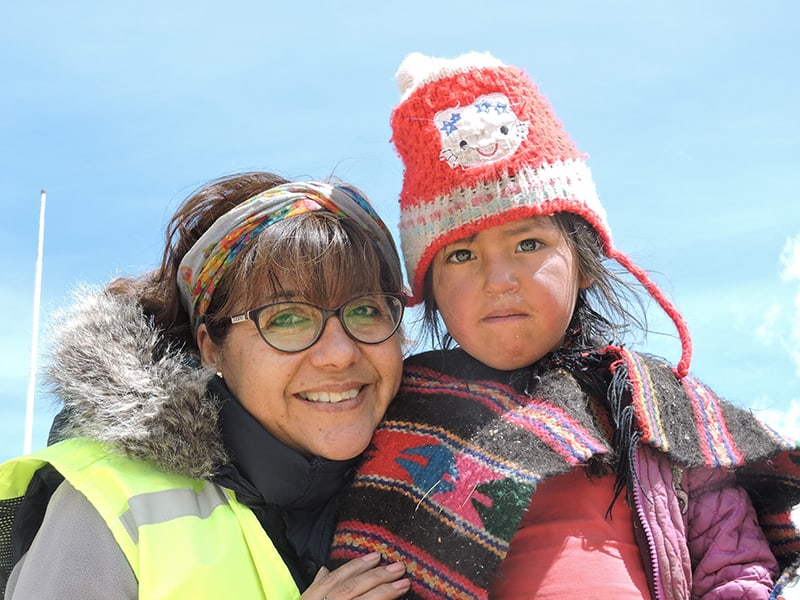Wireless communication in disaster management: Lessons from 2023
Wireless communication in disaster management: Lessons from 2023

Discover HF radio’s vital role in 2023’s disaster management. Learn how it’s adapting for modern emergencies.
In the face of natural and man-made disasters, the importance of effective communication cannot be overstated. As we navigate an increasingly connected world, wireless technologies, particularly radio communication, have become indispensable tools in disaster management. This article reflects on the role of radio communication in recent disaster scenarios, spotlighting some of the lessons from 2023.
The timeless relevance of radio
Radio has been a dependable player in disaster communication for decades. According to a recent ITU Radiocommunication Sector (ITU-R) update, High-Frequency (HF) radio communication has adapted to modern needs while retaining its reliability.
The ITU-R emphasises the reservation of specific HF bands for emergency broadcasts, ensuring that this medium remains a lifeline when other communication infrastructures collapse.
The anatomy of emergency radio communication
What makes radio communication so resilient? The answer lies in the fundamentals of HF technologies. These systems offer infrastructure-free voice and data communications, meaning they do not rely on vulnerable local networks and can function independently. This makes them invaluable, especially when other communication avenues are compromised, during events such as natural disasters or cyberattacks.
HF systems are designed to meet stringent mission-critical requirements. This includes reliable operability, even in the harshest conditions, and robust levels of encryption and security to safeguard information.
These features underwent rigorous real-world testing in various disaster scenarios throughout 2023, further solidifying HF radio’s reputation as a steadfast and reliable communication medium.
Case studies from 2023
In 2023, the disaster management landscape saw several key players leveraging HF radio technology to save lives. One such initiative was the International Radio for Disaster Relief (IRDR) program, which focuses on coordinating HF frequencies globally for emergency broadcasts, ensuring that vital information can be disseminated over long distances when local infrastructure is compromised.
Following this, Barrett Communications’ HF systems also acted as behind-the-scenes operators in multiple preemptive disaster management operations. The deployment of 4075 HF systems across the United States is a prime example. These systems not only replaced outdated legacy networks but also significantly elevated the entire communication infrastructure, ensuring secure digital voice and data connectivity across all states and territories.
Another noteworthy contribution from Barrett was the response to the Maui fire relief efforts. When the situation escalated, Barrett supplied a targeted shipment of equipment, underscoring the significant difference even a small cache of the right tools can make. Experts in the field have been vocal in their praise for HF systems like these, emphasising their unmatched availability, security and resilience.
Lessons for future preparedness
What we can draw from the past year is that now more than ever, organizations — especially those that safeguard public safety and infrastructure — should be investing in redundancy plans that include radio. Having the equipment on hand is not enough though. Personnel need to be trained and the equipment maintained in order to deliver a quick response when required. We know that this can make a difference.
HF radio serves as more than just a communication channel during disasters — it becomes an essential lifeline. For further information on enhancing your disaster communication capabilities, reach out to Barrett Communications.







Pingback: Barrett Radios: A look at our legacy in the field of radio communication - Barrett Communications